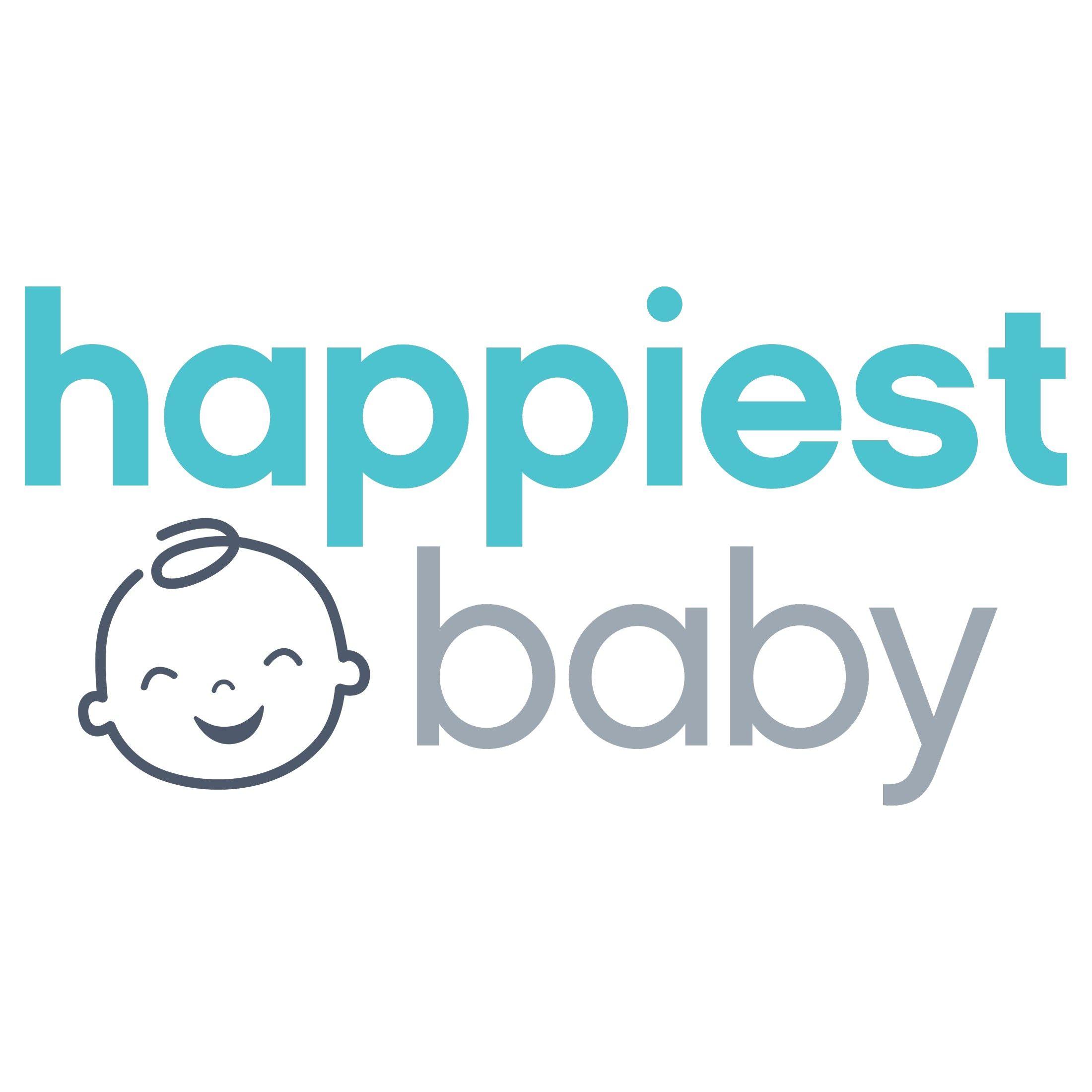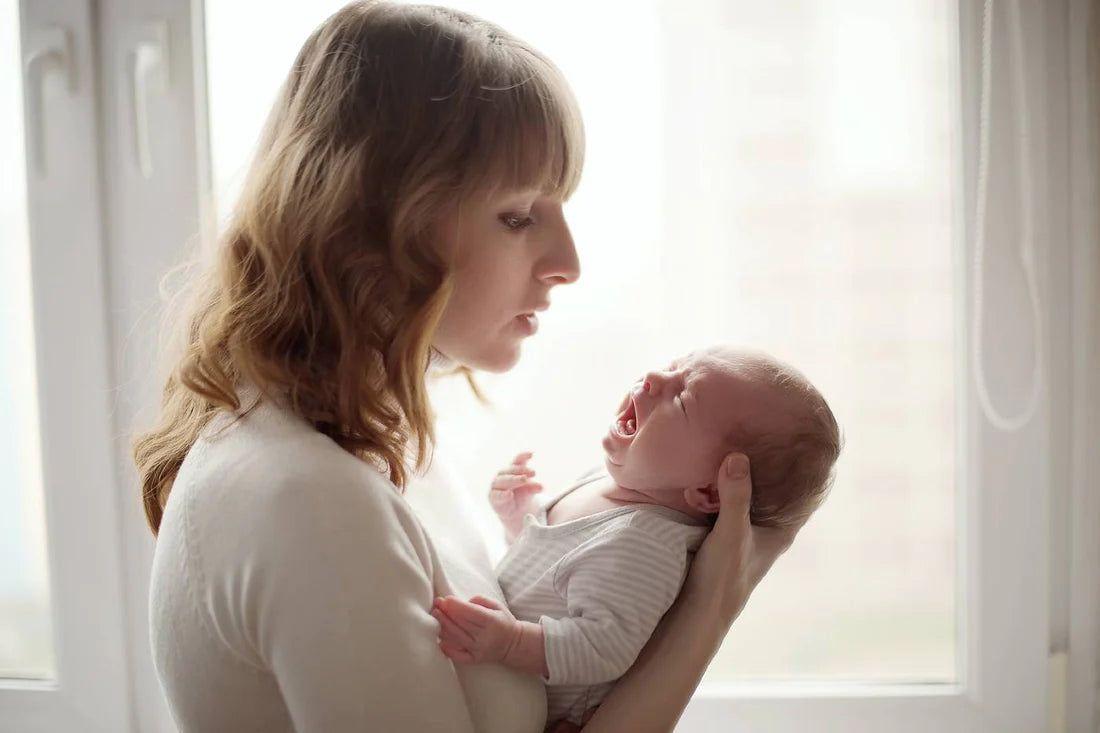BABY
What to Do When Your Baby Will Not Sleep in a Bassinet
Find out why your baby resists the bassinet—and how to get them snoozing in their bed!

Written by
Happiest Baby Staff

SHARE THIS ARTICLE
PARENT PICKS
Bestsellers
BABY

Written by
Happiest Baby Staff

SHARE THIS ARTICLE
Bestsellers
You have fed your baby. They have been changed and rocked. You have said night-night and lovingly placed your sweet pea in their bassinet. But as soon as you begin your Mission-Impossible-worthy stealth exit, the crying starts. Sound familiar? Unfortunately, the “my baby will not sleep in a bassinet” struggle is not uncommon…but it is a sleep struggle with solutions. Here, we break down the reasons your little one might be resisting the bassinet—and we offer tips to get them not only to tolerate the bassinet, but to love sleeping there.
There are countless reasons babies refuse to sleep in their bassinet. But before you fall into a rabbit hole of possible quandaries, ask yourself the baby-equivalent of “Have you tried restarting your device?”: Is my baby hungry? Does my baby need a diaper change?, and Is Baby’s room too bright? If your baby is well-fed, clean, and in a dim room, then it is time to explore other reasons for resistance, like…
Babies cannot adjust to temperature changes as well as adults, which means they can overheat or catch a chill easily. So, if Baby’s room is too hot or too cold—or if they are not dressed for the climate—sleep is not only difficult, it is dangerous. Research has shown that thick pjs, too many layers, and high room temperatures increase a baby’s risk of Sudden Infant Death Syndrome (SIDS).
Raise your hand if your bladder has newfound strength thanks to your baby’s daily contact nap! Babies love to doze off in your arms, in a sling, in the car seat, or on your chest…in so many places that are not the bassinet. When these out-of-the-bassinet sleeps happen regularly, Baby begins to learn that sleepytime occurs in all these places…but not the bassinet. (The only safe place for babies to snooze is on their own flat, firm sleep surface, free of soft items, like a cot or mattress.)
If you are waiting to spot your Baby’s sleepytime cues before putting them to bed, you could be waiting too long. Once the yawning and eye-rubbing kicks in, your baby is teetering on the edge of being overtired. And while you’d think an exhausted baby would sleep anywhere, for many babies, being overtired triggers their fight-or-flight response, which causes the stress hormone cortisol to flood your baby's system, keeping them alert.
When stomach acid (and other contents of the tummy) moves back up the wrong way into the esophagus, that’s acid reflux. And it can make babies uncomfortable…especially when lying down. That means when babies suffer from acid reflux, sleep might be harder to come by.
Ever dream that you are falling and suddenly wake up bracing for impact? Babies do that too, though dreams are not to blame. Instead, it is thanks to something called the moro or startle reflex. It can flip on when your little one gets surprised by, say, a loud noise, a quick movement, or being lowered into a bassinet. This instinctive reaction causes babies to wake, shooting their arms open, as if they are trying to grab hold of you.
Most babies do not like silence and they do not like inconsistent and sudden sounds when they are trying to sleep. Since it was pretty noisy in the womb, your little one is simply not used to a quiet sleeping environment. Plus, unexpected noises, like a passing truck or dog barking, can easily wake your baby when they are in a light sleep phase—which occurs every 45 to 50 minutes or so.
First, take a deep breath. You got this…and we can help. The best time to begin putting these sleep strategies in play is for your baby’s first nap of the day, since it is usually the easiest one to get a baby down.
Get the temperature right. The ideal sleep temperature for your baby’s room falls anywhere between 16- and 20-degrees Celsius. To further ensure your baby is not too hot or too cold, dress them in just one more layer than what you’d find comfortable. So, if it is warm, go for breathable cotton pjs or a short-sleeve cotton bodysuit, with a lightweight swaddle. When it is cooler, opt for footed pajamas or a long-sleeved bodysuit with a lightweight swaddle blanket made from breathable fabric, like Sleepea.
Find Baby’s wake windows. A wake window is the period of time your baby can comfortably be awake before they need to go down for their next sleep. While all little ones are different, most babies’ wake-times fall into a specific range. For instance, babies who are 1 to 2 months old can generally be awake for one to two hours before it is time to sleep again. So, once you learn your baby’s wake windows, you can start to put them to bed before that wake window closes, sidestepping your baby’s overtired bassinet-refusal. (Read on to find your baby’s ideal wake window.)
Adjust Baby’s sleep schedule. Sometimes babies will not sleep in the bassinet because they are simply not tired! Here are some clues that you might be putting your little one down before they are ready to jet off to dreamland: Your baby fights falling asleep for 30 to 60 minutes, shows no sign of fatigue at bedtime, and/or wakes in the middle of the night or very early the next day feeling refreshed and raring to go. To help, try pushing your lights-out routine 15 minutes later every two to three nights to land on the right bedtime. On the flipside, your baby’s bedtime may be too late if they fight asleep for 30 to 60 minutes, is moody and irritable, often falls asleep in the car or stroller during the day, takes naps that last over two hours, and/or rubs their eyes, yawns, and is cranky at bedtime. Here, move your lights-out routine 15 minutes earlier.
Practice the 5 S’s. Swaddling, shushing, and swinging are integral elements of the famed 5 S’s for soothing babies and settling them for sleep. (There is a reason the 5 S’s are taught in hospitals and parenting clinics across America!) Each one mimics a key soothing sensation your wee one experienced in the womb, which turns on Baby’s calming reflex, nature’s “off switch” for fussing and “on switch” for sleep. For example, swaddling recreates the snug hug Baby felt in utero and decreases startling, which increases sleep. Shushing (aka white noise) mimics the constant and comforting drone your little one heard before being born…and it drowns out both external and internal sleep disturbances. Meanwhile, swinging/rocking has been calming babies for all eternity. And research shows that it reduces crying, helps babies fall asleep faster, and improves overall sleep quality. SNOO is the only smart bassinet that features a unique swaddle that clips into the bed to keep babies on the back, all-nap and all-night white noise, and safe rocking throughout sleep. (Baby swings are never a safe spot for babies to sleep .)
Lay your baby down awake. Placing an already sleeping baby in a bassinet not only can set off their startle reflex, waking them…it keeps them from learning that bassinets are for sleep. The goal: Put your baby in their bassinet when they are calm and drowsy and on the verge of sleep. If your bub dozes before you are able to transition to the bassinet, gently rouse your baby with a light tickle until their eyes open. After a few seconds, Baby’s eyes will close again and slide back to sleep. While waking a sleeping baby may sound ludicrous, this practice is the first step to help your baby learn that they have the power to self soothe. (See the SNOO exception below.)
Ignore non-urgent noises. Babies are noisy sleepers, complete with whimpering, crying, groaning, gurgling, and more. And while it is so hard not to react to every little noise they make…for some sounds, ignoring is key. Your baby's airway is softer and narrower than yours, so your little one is more prone to loud breathing noises when snoozing. Plus, momentary cries and whimpers often occur when babies are transitioning from light sleep to deep sleep. When caregivers rush to react to every noise with an almost instantaneous pick-up, babies are not given the opportunity to settle back to sleep themselves.
Tackle reflux this way. Helping a baby with acid reflux get to sleep starts well before bedtime. It is important to feed your little one in an upright position, burp them often, and then keep them in a sitting position for 20 to 30 minutes afterward, if possible. This way of feeding allows gravity to keep stomach contents where they should be.
All the advice above can easily apply to SNOO…but there are a few SNOO-specific tips that’ll help your baby love sleeping in their bassinet in no time. Here they are:
When Baby will not sleep in the bassinet, it is tempting to allow them to sleep elsewhere…like in your bed or in the car seat. But those situations are not only dangerous, they can easily set the stage for even more bassinet resistance. According to all safe sleep guidelines, babies should sleep on their back in their own sleep space, like a bassinet or baby cot, that features a flat mattress and a fitted sheet with zero loose blankets, pillows, stuffed toys, bumpers, or other soft items. Doing all the above reduces your baby’s chances of SIDS.
Disclaimer: The information on our site is NOT medical advice for any specific person or condition. It is only meant as general information. If you have any medical questions and concerns about your child or yourself, please contact your health provider. Breastmilk is the best source of nutrition for babies. It is important that, in preparation for and during breastfeeding, mothers eat a healthy, balanced diet. Combined breast- and bottle-feeding in the first weeks of life may reduce the supply of a mother's breastmilk and reversing the decision not to breastfeed is difficult. If you do decide to use infant formula, you should follow instructions carefully.